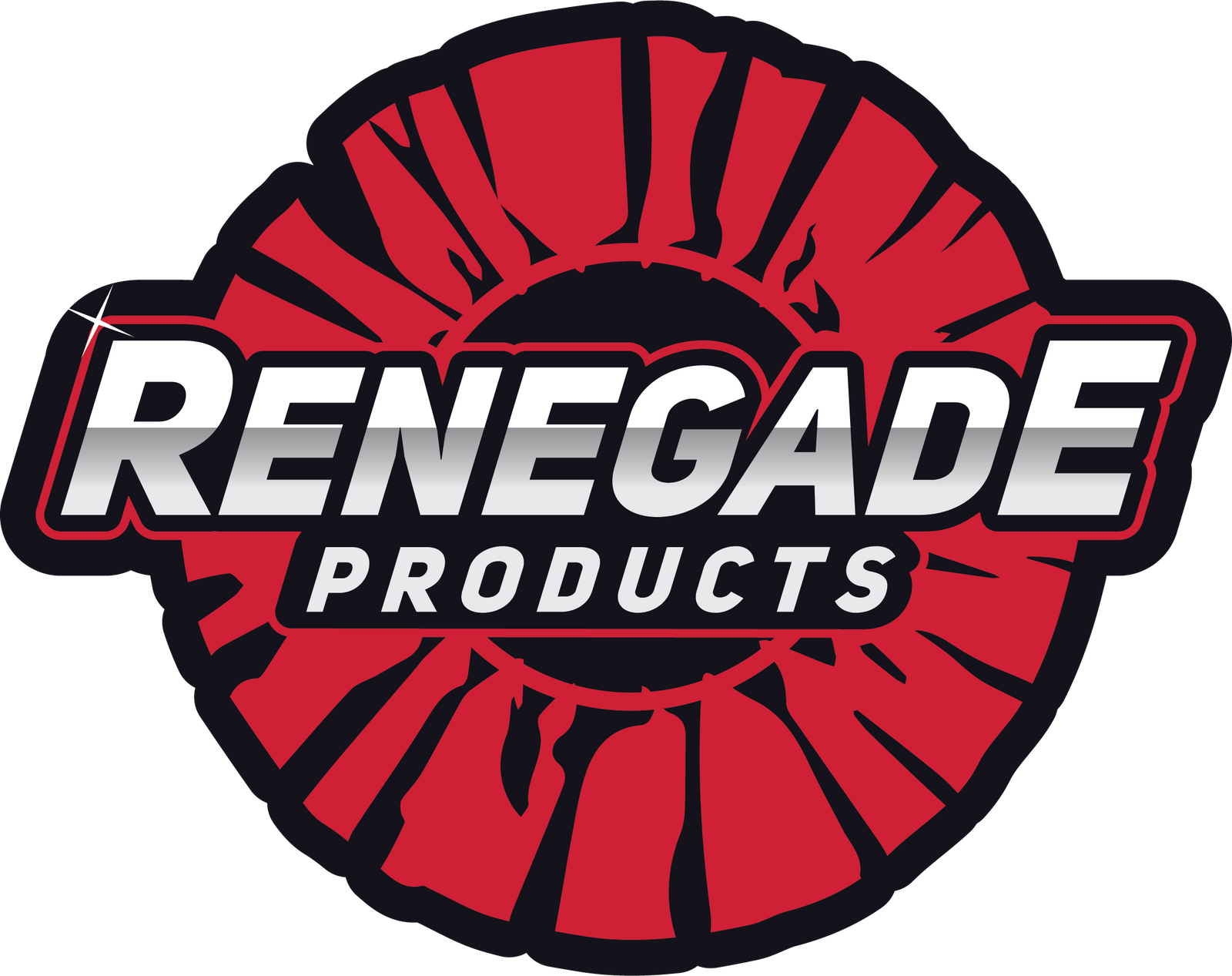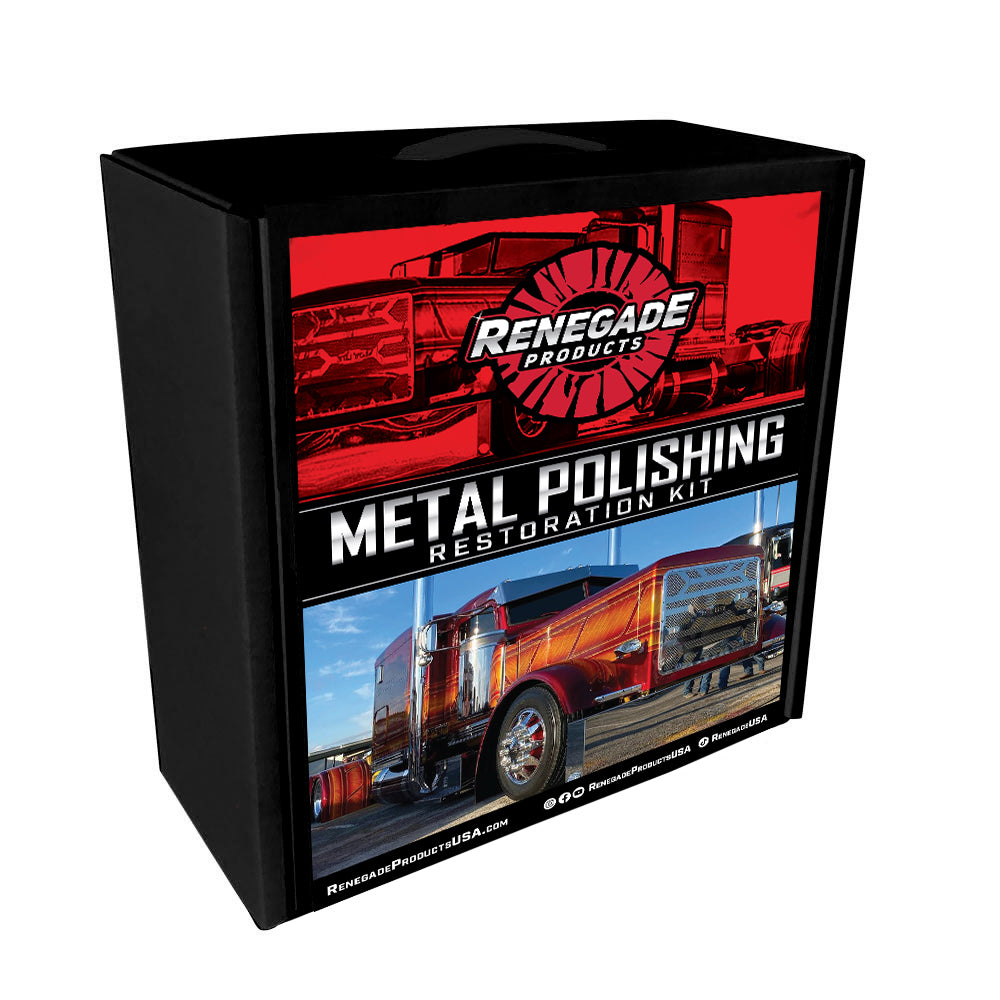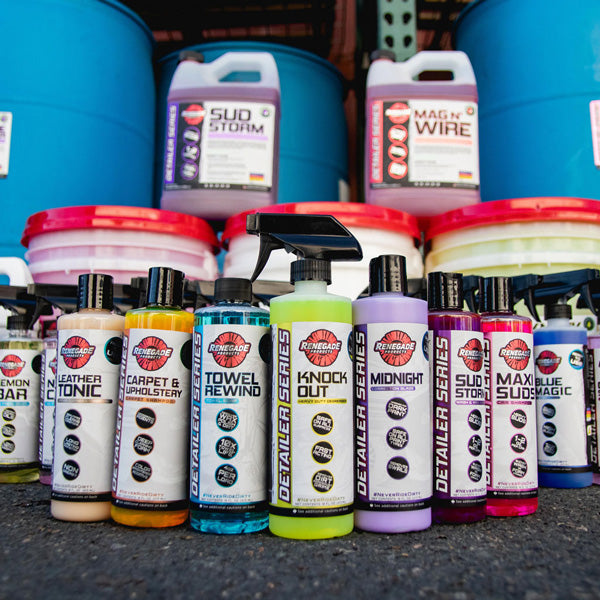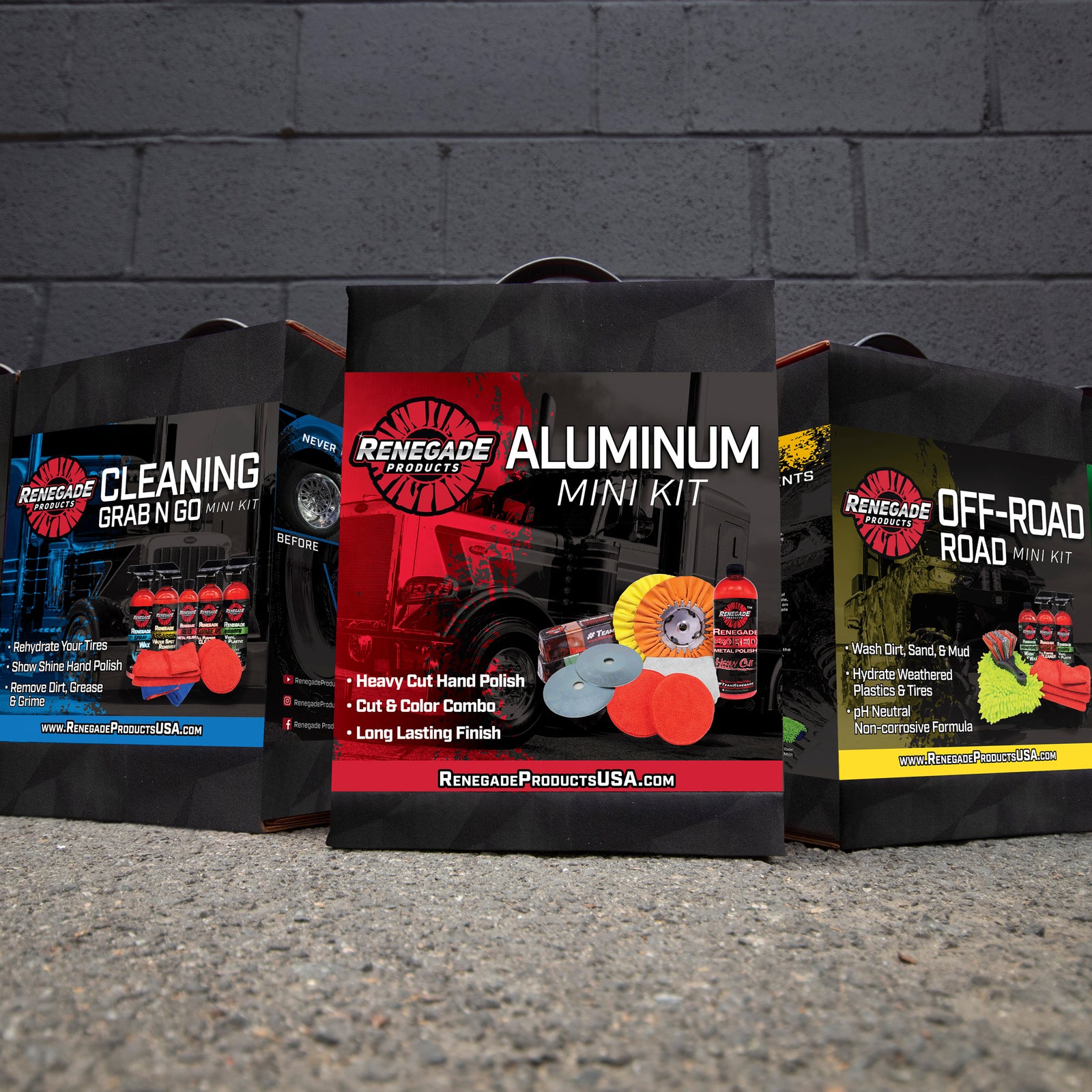How do I know if I need to sand before polishing?
It's only natural for the metal surfaces on your vehicle to show wear and tear. Such wear and tear may take the form of light etching, oxidation, rust, scratches, or pitting--as seen below:




Before the surface is polished with an Airway Buffing Wheel and Polishing Compound, any surface impurities and imperfections must be removed or "evened out". The areas surrounding scratches and pits need to be brought down to the same level as the imperfection(s) while superficial layers of rust, oxidation, and etching usually need to be mechanically removed in the same manner.
Additionally, sanding is often required in order to polish wheels that have been ceramic coated, because that coating has effectively "sealed" any imperfections in. This is speaking strictly to professionally-applied "hard" ceramic coatings. Sanding is not necessary for spray on protective coatings such as our Hydro Guard Ceramic Spray or Graphene + Ceramic Spray Coating.
It is recommended that you sand your metal surfaces to 600 grit or 400 grit (320 grit at the very least) before polishing. We recommend using our 5" Hook & Loop Sanding Discs.
What other products do you need for metal polishing?
Makita 9237C, Makita GA7021, or DeWalt DWP849X when it comes to polishing machines.
Full Face Respirator - Don't skimp on these, you don't want metal dust and polishing products in your lungs! This is the best respirator for metal polishing.
Masking tape is an absolute necessity when high speed polishing.
What sander is best for metal polishing?
We recommend two different sanders that you can use with your sanding process before going into your metal polishing with buffing wheels & buffing compound. One is corded and is great quality and the other is a cordless for those that have a little extra budget and want the added convenience. Both are fantastic quality and work with our sanding discs.
1. Corded Orbital sander - Orbital sander $ 100
2. Cordless Orbital Sander - Cordless Hand Sander $ 117.99




